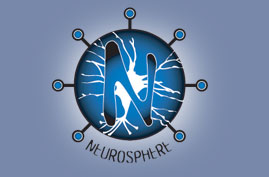One with Google?
Wholeness and Virtual Communities
I wasn’t sure where to classify this news item – World Right Now, Network Infrastructure? But perhaps a stitching together of the world’s knowledge by this technology is more about wholeness.
“As part of its effort to make offline information searchable online, Google Inc. (NASDAQ: GOOG) today announced that it is working with the libraries of Harvard, Stanford, the University of Michigan, and the University of Oxford as well as The New York Public Library to digitally scan books from their collections so that users worldwide can search them in Google.”
http://www.google.com/press/pressrel/print_library.html
